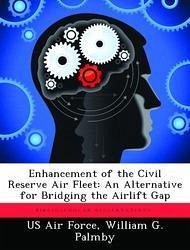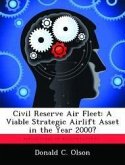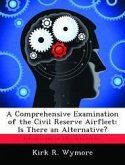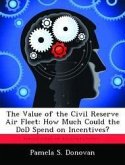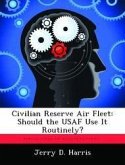US military airlift policy strives to maximize the available wartime reserve of airlift for a given investment. Unfortunately, the capacity of America's strategic airlift system has consistently fallen short of the proposed wartime requirements and remains so today. During the 1970s and 1980s, the Military Airlift Command's attempts to reduce the airlift deficit included a CRAF Enhancement Program that subsidized the conversion of CRAF jumbo aircraft into cargoconvertibles. Although several aircraft were modified, the program was allowed to die during the 1980s. However, this option needs to be re-examined since Air Mobility Command's efforts to close the contemporary airlift gap-such as C-17 procurement, the C-141 Service Life Extension Program, and the outright purchase and operation of a fleet of commercial cargo aircraft-are expensive and problem-ridden. This study determines if a revival of the CRAF Enhancement Program is feasible and if it could be developed into a viable program for addressing AMC's airlift shortfall problem. To achieve this goal, the study analyzes the failure of the first CRAF Enhancement Program to determine if the barriers to its success were surmountable and if these same barriers might impede the success of a future program. The study determines that the first Enhancement Program failed because MAC was unable to develop an incentive plan that was attractive enough to ensure airline participation, yet be persuasive enough to elicit the required support and funding from Congress.

